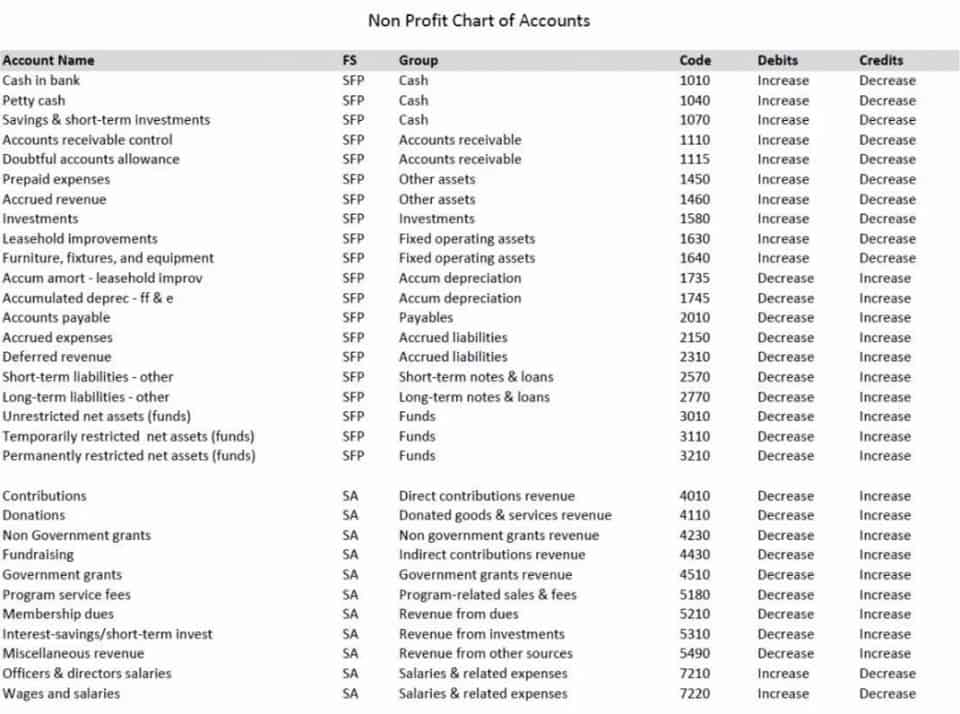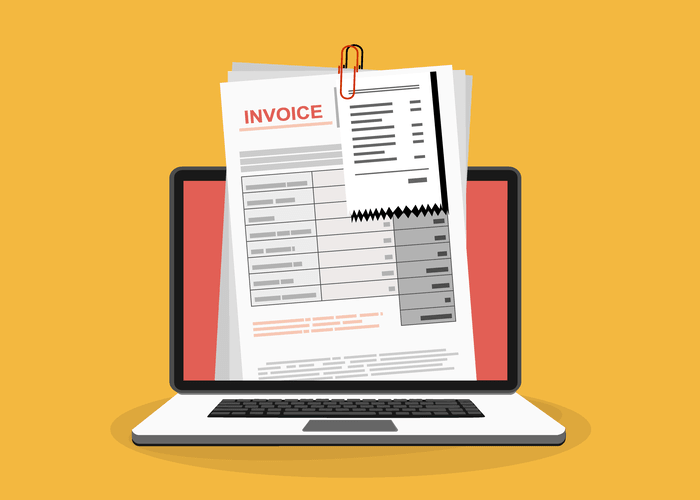
It provides a structured way to track financial outlays during the creation of long-term assets. Through CIP accounting, businesses can accurately represent the evolving value of assets under construction within their financial statements. This approach ensures transparency and proper financial oversight for projects that span extended periods. Effective construction in progress accounting is essential for tracking costs, managing budgets, and maintaining compliance. By implementing best practices and leveraging professional support, you can ensure your financial records are accurate and audit-ready. Construction in progress is a critical aspect of financial management in the construction industry.

Journal Entries For Construction In Progress
These challenges can result in financial inaccuracies that disrupt project timelines or budgets. Businesses should focus on implementing systems that automate these processes to ensure efficiency and reduce the risk of errors. This percentage completion appropriation method is most common when a contract of delivering a large number of similar assets is made. For instance, it can be a contract to manufacture tires for a car manufacturing company. In this method, the number of units manufactured is divided by cip accounting the total number of units to be manufactured.

What is Construction in Progress GAAP?

With multiple ongoing projects, maintaining accurate records can https://topcable.vn/bank-deposit-slip-the-essential-guide-to-filling/ be challenging. Throughout the construction process while you’re tracking all expenses, you’ll need to evaluate which expenses need to be capitalized. Strong CIP management is just about tracking costs – it’s about giving your business the visibility it needs to plan with confidence. In cost to cost method, all the cost incurred to the date is divided by the project’s total expected cost. The most common capital costs include material, labor, FOH, Freight expenses, interest on construction loans, etc. The IAS 11 construction contract is a comprehensive document dictating the complete accounting for construction in progress.
- If the account shows up as a subaccount of PP&E, it is for the business to use itself and may be considered in progress.
- Take the next step in streamlining your project cost management—start your free trial with Planyard today or schedule a demo to experience the difference in real-time financial control.
- Assets under construction are those not yet ready for use, potentially among the largest fixed assets a company holds.
- This is because recognizing profit would give a misleading picture of the contract’s true financial status.
- Construction-work-in-progress accounts can be challenging to manage without proper training and experience.
Handling Borrowing Costs
This classification separates CIP from operating expenses, highlighting financial commitments toward incomplete projects. Since construction projects are often multi-phase and lengthy, CIP accounting monitors these costs as assets, simplifying capital investment tracking. When a project is complete, the cumulative CIP balance transfers to a fixed asset account, and depreciation begins. Key differences include the type of project tracked and how costs are reported. CIP accounts reflect capital investments and appear as fixed assets, while WIP costs are reported under inventory on the balance sheet. Both are essential for accurate financial reporting, but understanding their distinct roles ensures clarity in financial statements.


This is where construction-in-progress (CIP) accounting and GAAP (Generally Accepted Accounting Principles) come into play. Together, they provide a framework to manage and report project expenses effectively. These assets will be reversed to the actual fixed assets when the construction is finished and total costs are measured reliable. Construction in progress includes all the costs that company spends such as material, labor, and others. They cannot capitalize on the fixed assets as well, the construction is not yet finished, so the total cost is also not yet measure reliable.
- This account is only used while an asset is being constructed, after which the total cost is shifted to another fixed asset account.
- Most cip accounting companies hire a chief financial officer to maintain these records and avoid costly accounting errors.
- First, it allows companies to monitor their financial performance more closely, making it easier to identify potential issues and take corrective action if necessary.
- Changes in CIP balances are reflected in the cash flow statement under investing activities, as they represent capital expenditures.
- Expert insights and tips on accounting, financial strategies, and industry trends.
- One of the fundamental aspects of CIP accounting is the categorization of costs.
For a construction firm that makes a contract to sell fixed assets, Mental Health Billing the objective is the same. It is an accounting term used to represent all the costs incurred in building a fixed asset. The transition of an asset from Capital Work in Progress to a fixed asset occurs when the project reaches substantial completion and the asset is ready for its intended use. This readiness means the asset is in the condition and location necessary for its operation, even if it has not yet begun to be actively used.
